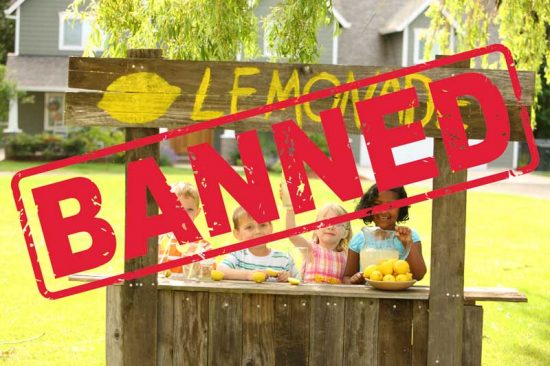For decades, cities, the FCC, and Congress have mandated that cable TV operators carry certain types of TV programming, including public access channels, local broadcast channels, local public television, and children’s programming. These carriage mandates have generated several First Amendment lawsuits but cable operators have generally lost. Cable operators have junior varsity First Amendment rights and the content they distribute is more regulated than, say, newspapers, Internet service providers, search engines, and Netflix. I submitted public interest comments (with JP Mohler) to the FCC this week explaining why cable operators would likely win today if they litigated these cable carriage regulations.
Regulations requiring newspapers, book publishers, or Internet service providers to carry the government’s preferred types of content are subject to strict scrutiny, which means such regulations typically don’t survive. However, cable is different, the Supreme Court held in the 1994 Turner case. The Supreme Court said regulations about what cable operators must carry are subject to intermediate–not strict–scrutiny because cable operators (in 1994) possessed about 95% of the subscription TV market and nearly every household had a single choice for subscription TV–their local cable monopoly. In the words of the Supreme Court, cable’s content regulations “are justified by the special characteristics of the cable medium: the bottleneck monopoly power exercised by cable operators.”
As a result, the FCC enforces “leased access” regulations that require cable operators to leave blank certain TV channels and give non-affiliated programmers a chance to use that channel capacity and gain viewership. Cable operators in the 1990s sued the FCC for enforcing these regulations in a 1996 case called Time Warner v. FCC. The DC Circuit relied on the 1994 Turner case and upheld the leased access rules.
Recently, however, the FCC asked whether First Amendment interests or TV competition requires giving these regulations another look. In our public interest comment, JP and I say that these rules have outlived their usefulness and cable operators would likely win a First Amendment lawsuit against the FCC today.
Two things have changed. First, cable operators have lost their “bottleneck monopoly power” that justified, in the eyes of the Supreme Court in 1994, giving cable operators weakened First Amendment protection.
Unlike in the 1990s, cable operators face significant competition in most local markets from satellite and telco TV providers. Over 99 percent of US households have at least three pay-TV options, and cable has lost over 15 million subscriber households since 2002. In 1997, when Turner II was decided, cable had over 90 percent of the pay-TV market. Cable operators’ market share has shrunk nearly every year since, and in 2015 cable had around 54 percent market share.
This competitive marketplace has stimulated massive investment and choice in TV programming. The typical household has access to far more channels than in the past. Independent researchers found that a typical US household in 1999 received about 50 TV channels. By 2014, the typical household received over 200 TV channels. In 2018, there will be an estimated 520 scripted TV series available, which is up nearly 50 percent from just five years ago.
This emergence of TV competition and its beneficial effects in programming and consumer choice undermines the justification for upholding cable content regulations like leased access.
Second, courts are more likely to view the Supreme Court’s Denver decision about leased access regulations in a new light. In Denver, the Supreme Court divided into concurrences as to the proper First Amendment category of cable operators, and whether intermediate or strict scrutiny should apply to the leased access laws at issue. The “Marks test” is the test lower courts use for determining the holding of a Supreme Court decision where there is no majority supporting the rationale of any opinion. Viewed through the lens of the prevailing Marks test, cable operators are entitled to “bookstore owner” status for First Amendment purposes:
Given that four justices in Denver concur that one of the potential bases for deciding cable’s First Amendment status is the classification of cable operators as bookstores and three justices concur that this classification is the definitive justification for the judgment, the narrowest grounds for resolving the issue is simply this latter justification. Under the prevailing Marks test, then, lower courts will apply strict scrutiny to the leased access rules in light of the Denver decision.
For these reasons, and the need to conserve agency resources for more pressing matters, like rural broadband deployment and spectrum auctions, we encourage the FCC to discontinue these regulations.
You can read our public interest comment about the leased access regulations at the Mercatus Center website.
Leased Access Mandates Infringe on the First Amendment Rights of Cable Operators, and the FCC Should Decline to Enforce the Regulations


 The Technology Liberation Front is the tech policy blog dedicated to keeping politicians' hands off the 'net and everything else related to technology.
The Technology Liberation Front is the tech policy blog dedicated to keeping politicians' hands off the 'net and everything else related to technology.